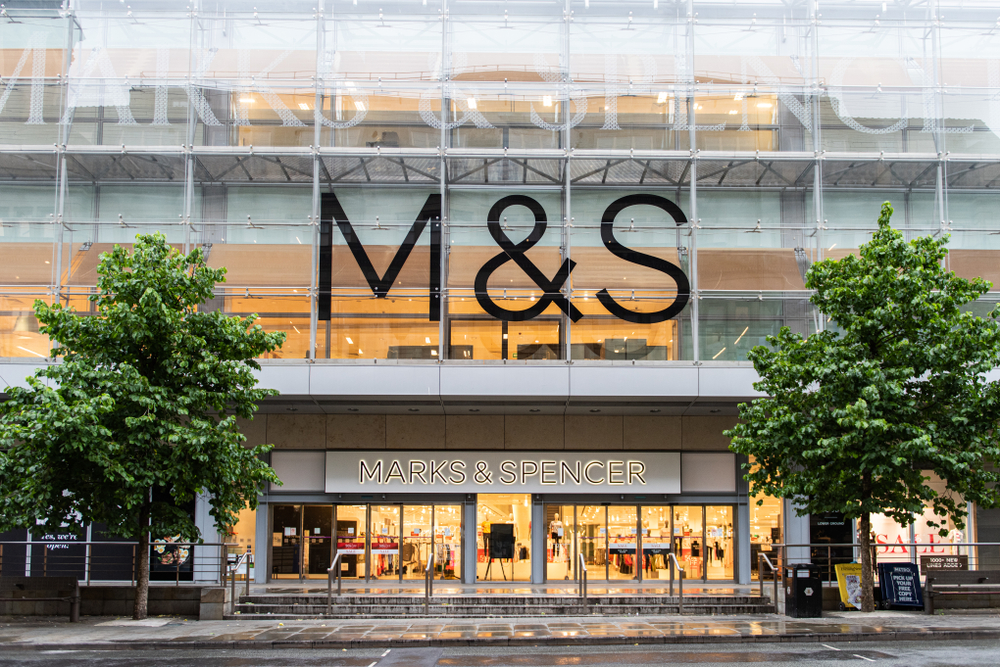As the UK looks forward to the end of pandemic restrictions on 19 July, new data shows that shoppers are well and truly digital first post-pandemic and are likely to remain so, with 44% saying they plan to do the bulk of their clothes shopping online going forward.
The research from Foresight Factory and commissioned by Snap, showed UK consumers were more inclined to shop online in the coming year than those in the US, France and Japan, among other countries – well above the global average of 38%.
But this belies the fact that shoppers don’t consider it an either-or choice: 49% still want to shop in-store and 30% want to go to stores that have integrated digital services.
In fact, as separate research finds, 64% say that they prefer to shop with brands and retailers that have both an on and offline presence. Two thirds (66%) want brands to be more digitally innovative, with 60% more likely to buy from retailers that are more digital, for example offering check-out free shopping a la Amazon Go, which is exciting to 62% of them.
This all points to a new world of ‘connected shopping’, where consumers can combine the convenience of a digital experience with the benefits of a physical store, is expected to be critical to drawing consumers back to the high street.
A third (30%) of UK shoppers said they would go out of their way to visit a store if it had interactive services that allowed them to try-on and test items virtually, while a fifth (19%) said they were more likely to shop in stores that offered online features such as instant access to stock information or a home delivery service.
The study also finds that shopping with augmented reality (AR) will continue to surge with a predicted 80% increase in the proportion of Gen Z* shoppers in the UK using AR before buying a product over the next five years. More than half (54%) of UK consumers who have already used AR when shopping say it encouraged them to make a purchase.
This certainly hasn’t been lost on online art retailer Murus, which is using AR to help potential buyers of art see pictures in situ on their walls as a means to drive engagement and, ultimately, sales. This is just the latest in a growing line of retailers that are experimenting with the tech to link the real and virtual worlds.
Looking at connected retail another way, broadcaster ITV is coming hoping to monetise the engagement it already has. It is sees selling direct from content and programming as a key way to drive viewer engagement and keep ad-based revenue streams alive in the internet era.
Its shoppable TV service – which goes live when the latest series of Love Island airs later this summer on ITV2 – not only creates a new revenue stream for the broadcaster, it also marks a first for mainstream TV getting in on the move towards live stream shopping that is already starting to take social media and ecommerce by storm, especially in China.
Across retail, it is clear that using technology is now essential to driving sales. The challenge lies in meeting the varied demands of consumers around that technology. Shoppers want to be connected, they want to be in-store and online – often simultaneously – and they want convenience.
Marketplaces are already benefiting from this move, offering a simple experience, better delivery and the latest technology to give a good user experience. With social media companies and now TV companies such as ITV also now muscling in, the digital world for traditional retailers is starting to get crowded. And that is a whole other challenge to be faced.









